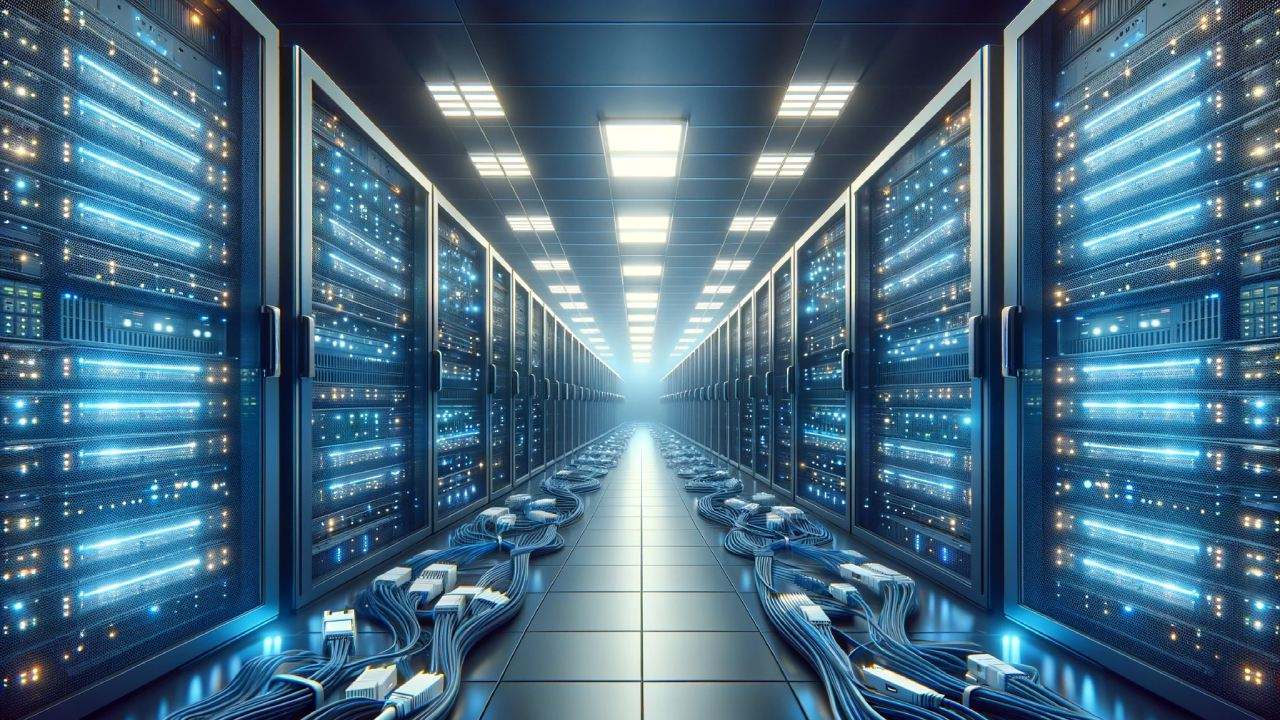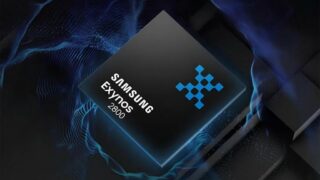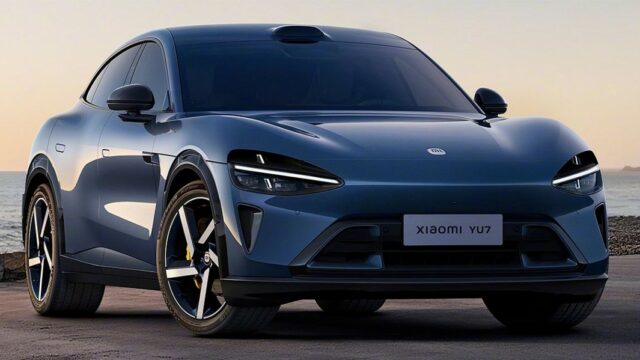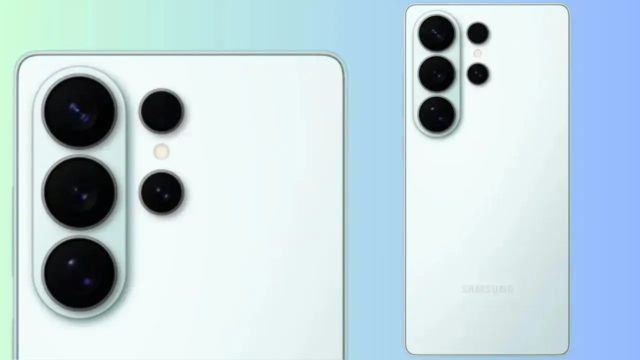A new generation data center established in the state of Nevada in the United States is powered by used batteries from electric vehicles and solar energy. This center offers an environmentally friendly solution to the increasing need for data processing in the age of artificial intelligence, while also providing a sustainable response to the increase in energy consumption. The project was implemented by Redwood Materials, founded by Tesla co-founder JB Straubel, and his energy venture Redwood Energy.
Old electric vehicle batteries used in data centers
The energy demand of data centers is increasing rapidly every year. The spread of artificial intelligence and cloud computing infrastructures in particular has brought the electricity consumption of these centers to critical levels. According to current projections, it is estimated that 12 percent of the total electricity consumption in the USA will be used by data centers alone by 2028. This increase indicates that traditional electrical infrastructure may reach its limits, and clearly demonstrates the need for alternative energy solutions.

In the system developed by Redwood, instead of being directly recycled, batteries from electric vehicles find a second use. In the tests conducted, it was determined that most of these batteries, although not considered sufficient for automobile use, retained more than 50 percent of their energy capacity. These batteries are re-evaluated by being converted into energy storage systems in fixed and controlled environments such as data centers.
The logistics infrastructure established by the company throughout the USA collects more than 70 percent of used battery packs in North America every year. These batteries are analyzed in detail and those suitable for reuse are converted into modular energy units that can operate independently of the manufacturer. Thanks to the control system developed by Redwood, batteries from different manufacturers can be integrated harmoniously.
The new system does not only provide energy; it also embodies the principle of circular economy. Used batteries are recycled after completing their second life, and critical materials such as lithium, cobalt and nickel they contain are brought back into the economy. In this way, both the search for minerals needed for new battery production is reduced and environmental impacts are minimized.
Redwood’s microgrid project, in collaboration with AI infrastructure company Crusoe, was one of the first large-scale examples of this approach. The project, which was completed in four months, provided 12 megawatts of power generation and 63 megawatt-hours of storage capacity.
The structure is one of the largest systems in the world using second-life batteries, as well as the largest microgrid in North America. The center currently powers a data center running 2,000 graphics processing units (GPUs).













